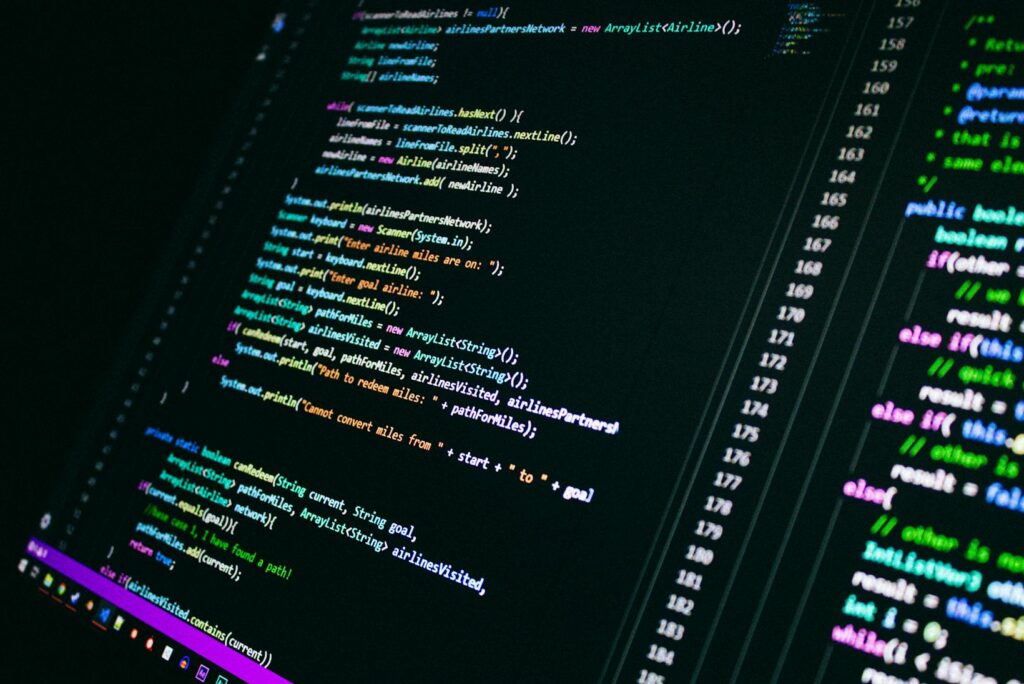 Dive into the world of graphics programming, where creativity meets technology and brings to life stunning visuals and interactive experiences. It’s a realm where each pixel holds potential, and every line of code can paint an image or animate a scene.
Dive into the world of graphics programming, where creativity meets technology and brings to life stunning visuals and interactive experiences. It’s a realm where each pixel holds potential, and every line of code can paint an image or animate a scene.
Whether you’re a seasoned coder or a beginner, graphics programming offers an intriguing blend of challenges and rewards. It’s not just about creating pretty pictures—it’s about solving complex problems and pushing the boundaries of what’s possible.
Graphics Programming
Paralleling realms of artistry and technology, graphics programming predicates fascinating experiences. It implores a mastery of fundamental concepts and principles.
What Is Graphics Programming?
Graphics programming constitutes the technique of writing software programs that produces visual data. At its core, it transforms numerical data into a spectrum of human-readable pixels, propagating stunning visuals and interactive experiences. To illustrate, consider video games or animated movies, both lurk in the broad domain of graphics programming.
Key Concepts in Graphics Programming
There exist several integral concepts in the world of graphics programming. Four of them are rasterization, shaders, ray tracing, and color models.

- Rasterization: It’s the process of converting geometric shapes into a pixelated image, enhancing digital representation.
- Shaders: Shaders hold responsibility for calculating the color and brightness of each pixel. It depicts renderings splendidly on a computer screen, ensuring an immersive visual experience.
- Ray Tracing: It’s a rendering technique that mimics the way light bounces around in the real world. It exemplifies stunning photorealistic images and accents the depth in visuals.
- Color Models: Color models, such as RGB or HSL, determine how colors appear on the screen. They interpret mathematical diagrams that represent the range and depth of colors aesthetically available in graphics programming.
Grasping these elements enables one to transfigure abstract interactions into a perceptible reality, culminating in visually impressive and interactive software applications. Understanding these tenets bridges the gap between aesthetics and functionality in graphics programming.
Tools and Languages Used in Graphics Programming
Delving into the toolbox of a graphics programmer reveals an assortment of programming languages and software libraries. Their choice is an essential factor in shaping the realm of pixels and interactive manifestation.
Popular Programming Languages for Graphics
Graphics programming languages play a crucial role in defining aesthetic facets and adding functionality to graphical interfaces. Mastery over these languages helps to translate the technical aspects of graphics programming into visually impressive and interactive displays.

C++ boasts its precedence among them due to its high performance and well-established reliance in game and graphical engine development.
Additionally, Python, renowned for its simpleness and versatility, has made a mark in graphics programming. Libraries such as Pygame and PyOpenGL supplement Python’s application in creating 2D and 3D interactive applications.
Moreover, JavaScript provides a strong foothold in crafting web-based graphics. Paired with WebGL and Three.js libraries, it simplifies the process of embedding interactive 3D graphics into the browser ecosystem.
Lastly, Shader languages, such as GLSL(HLSL), are indispensable for crafting effects on hardware-accelerated graphics. By controlling pixel attributes, they facilitate detailed texture mapping, light effects, and complex visual manipulations.
Demand for High-Performance

Graphics programming’s role in crafting visually engaging experiences can’t be overstated. It’s a field where creativity meets technology, where concepts like rasterization, shaders, and ray tracing come to life. It’s about using languages like C++, Python, JavaScript, and GLSL(HLSL) to harness the power of tools like OpenGL, DirectX, Unity, and Blender. It’s a discipline that demands optimization, balancing realism with resource constraints, and managing CPU and GPU usage for seamless animations. But it’s also an area of innovation, where AI and VR are pushing boundaries. AI’s role in enhancing graphical fidelity and VR’s demand for high-performance 3D graphics show the potential of graphics programming. It’s a realm where the future of immersive environments and elevated user experiences are being shaped. Graphics programming isn’t just about pixels; it’s about creating a world that’s visually captivating and technologically advanced.



